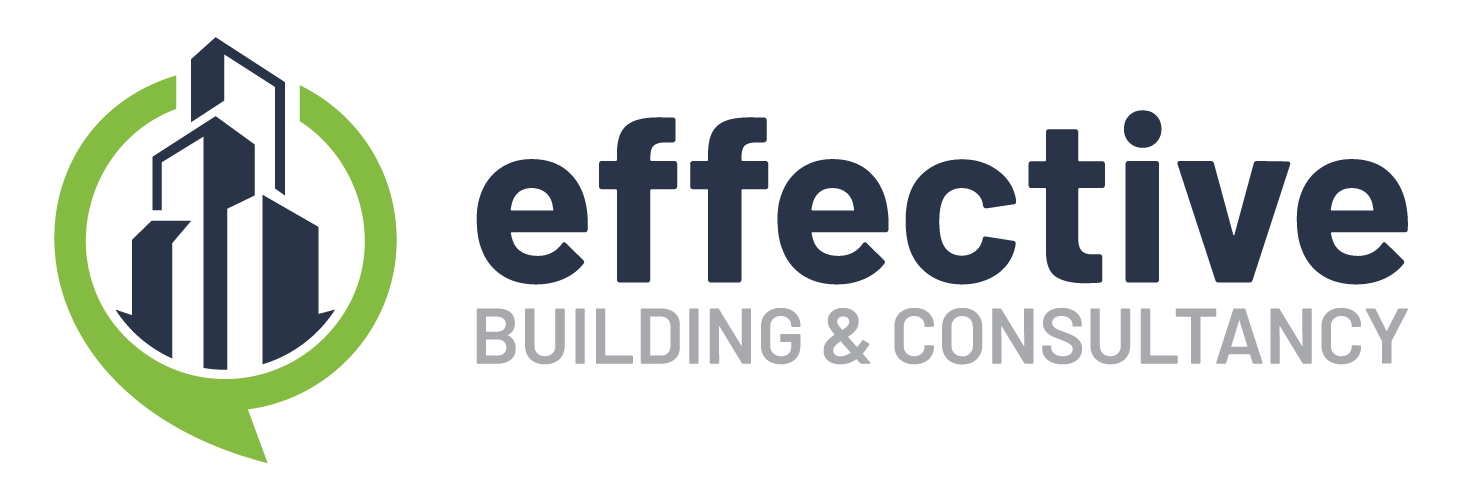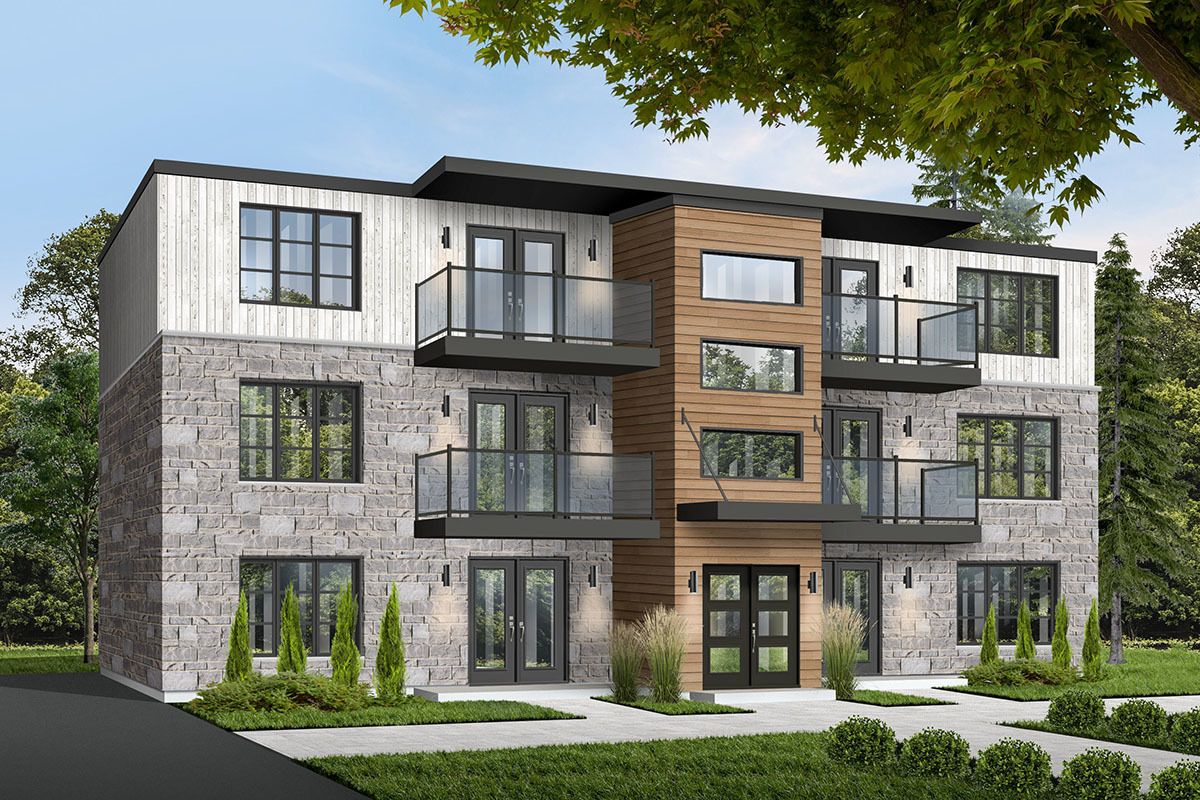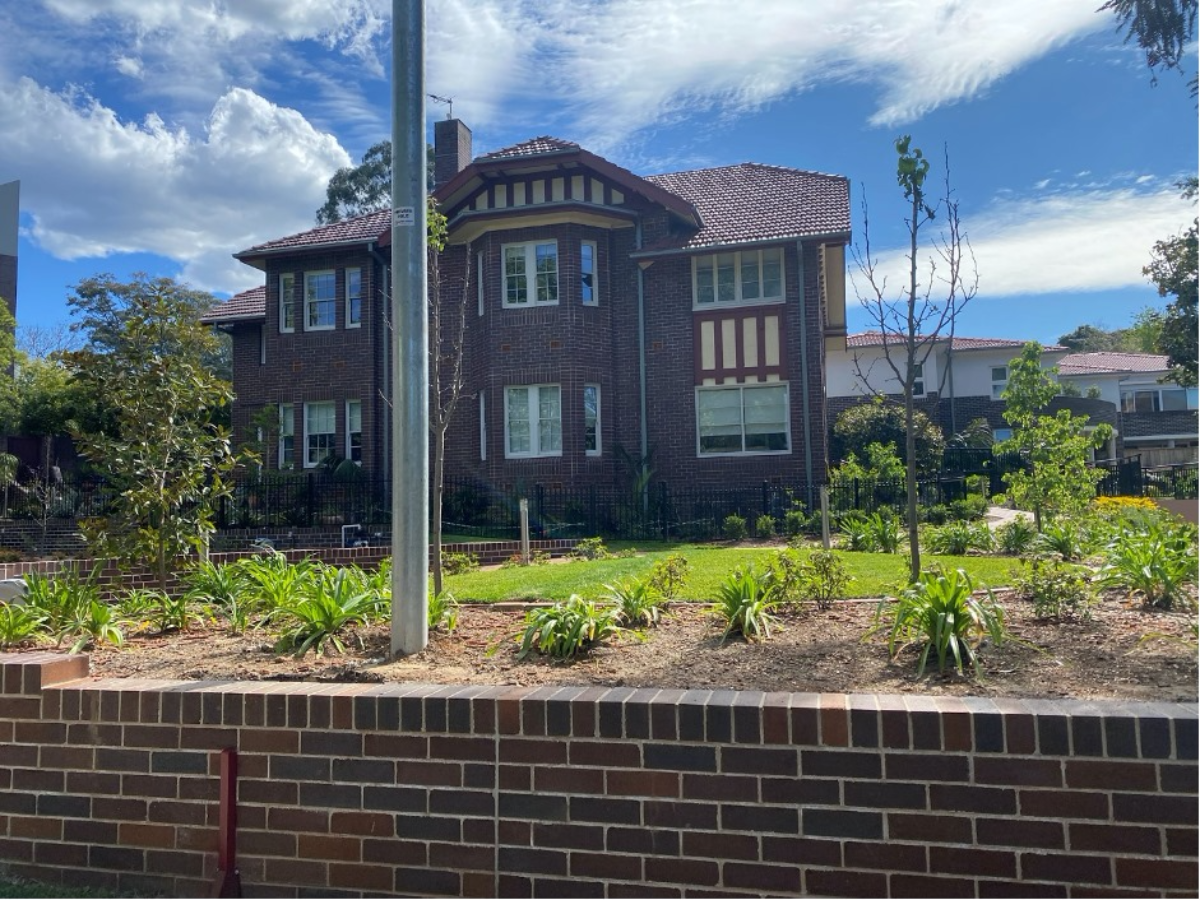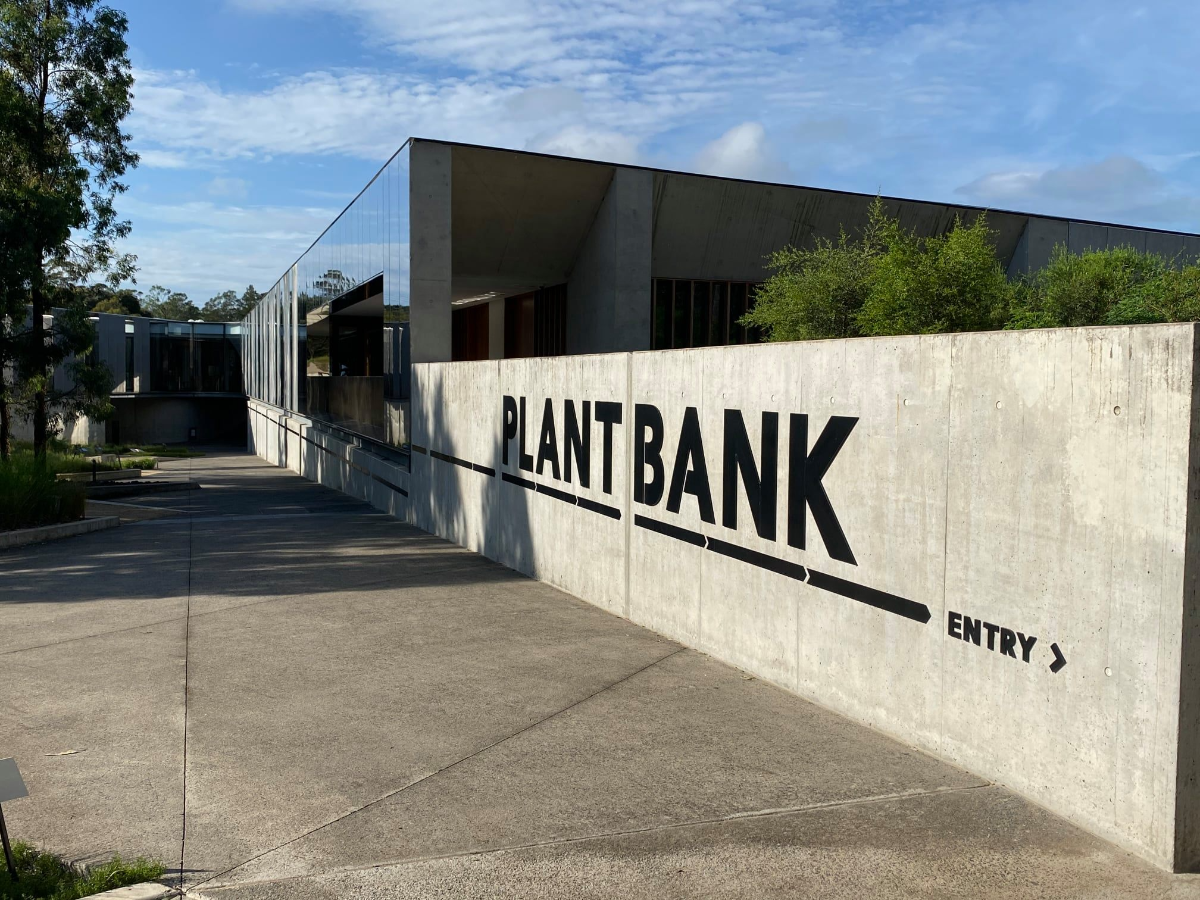
- June 15, 2021
- Effective Building
- 0
Most home buyers, building owners, and service providers use drone inspection to inspect the buildings and other structures. This technology allows them to cut inspection time and costs, as well as improve safety and quality.
We at Effective Building & Consultancy use drones to enable individuals and companies to safely and quickly inspect the roofs, including the hard-to-reach areas of complex designs.
All the service providers in the construction industry, such as the marketers, maintenance, and insurance companies, can use drones to improve safety, operations, and efficiency while cutting costs and inspection time. This is in contrast to the costly, riskier, and capital, and labour intensive traditional inspection methods.
Those who have limited resources to purchase drones and associated software can hire us to carry out the inspections, process the data, and give them actionable information. This saves costs and is ideal for one-time users such as home buyers.
Why Drones Instead of Traditional Roof Inspections
Traditional building and roof inspections use scaffolding equipment, walk on ledges, or weak roofs is risky and expensive. Moreover, they are not as accurate and may take hours to identify problems. The challenges in traditional inspections include but not limited to:
- Heavy and expensive equipment
- Risks such as falls, roof damage, or collapse.
- Larger manpower requirement
- Time-consuming and costly
- Less comprehensive data collection, especially on hard-to-reach locations.
On the other hand, drones are safer, quicker, and more accurate. Hence, this is more efficient in identifying leaks, damages, cracks, and other signs of structural failure.
Because we use drones in doing an aerial inspection, we can reduce a three-week inspection process to only a few hours. Moreover, the savings on the manpower, time, and equipment can run into several thousand dollars for the huge organisation per building inspection.
Drone Inspection for Buildings
As the costs keep going down and functionalities and applications increasing, most industries are doing drone inspections to improve their operations. Using mobile devices such as smartphones and tablets, builders, supervisors, and workers can connect, communicate, share information, and collaborate. This allows them to make better decisions, work more efficiently, and trim costs.
A building inspection is necessary for several reasons. First, most home buyers and insurance agencies often require data to determine the status of the roof and walls.
Through drone inspection, it is easier for us to carry out the inspections, identify and fix problems that can lead to accidents and damages.
5 Benefits of Drone Inspection
The building maintenance, roofing, insurance, real estate, and marketing companies, and others benefit from a drone inspection.
1. Reducing Safety Risks
During roof inspections, the majority of accidents are usually due to falls. Since the drones eliminate the need for human workers to climb the buildings and walk over the roof surfaces, which may also be weak, they end up reducing falls and other risks.
Loose cables over the buildings and exposed power lines are the other risks that workers experience.
2. Lower Costs and Ability to Reach Difficult Locations
Drone inspection is ideal for tall building walls and roofs, including the difficult to access areas such as higher-pitched roof structures and others. The devices enable faster assessment at a lower cost since it requires less equipment, time, and manpower. In addition, the lower risks mean fewer insurance costs for equipment and workers.
3. Quick Inspection and Data Sharing
The entire process during drone inspection takes much less time compared to the traditional approach. This includes planning, preparation, setting up the equipment, and doing the inspection.
After setting the equipment, the actual inspection for the average-sized building takes an hour. Connecting the drone to the cloud enables it to upload the data to the cloud for processing and allow operators to view the roof and building condition remotely.
Hence, drone inspection allows for easy data access, better collaboration, and teamwork between different professions.
4. Regular Inspections Leading to Better Maintenance
Hiring Effective Building & Consultancy for drone inspection requires less preparation time and takes less duration to complete.
By doing this, we are able to fix damages such as cracks, leaks, and insulation breakdowns. In addition, this prevents other secondary problems such as damage due to leaks, accidents due to roof collapse, and high energy costs due to insulation breakdown.
5. Reduce Risks and Possible Roof Damage
A drone inspection is more accurate, repeatable, and requires less manpower, equipment, time, and preparation. As a result, most homeowners prefer a drone inspection, especially those whose buildings, weak, simple, tiled, and fancy roofs since walking on them may lead to secondary damages or collapse.
Other Applications of Drone Inspection
1. Mitigating Safety Risks at the Job Site
Drones can be used to make preliminary checks to ensure that the rooftop is safe for a worker to climb. After that, it’s either for further analysis, repair, maintenance, upgrading solar panels, or any improvements. Moreover, the drone can first survey a building or rooftop after an accident or collapse to establish if it’s safe for a worker to access it.
2. Rooftop Solar Panel Installation and Maintenance
Energy companies often survey the roofs before solar panel installation. This enables them to determine what they require, the costs, and the best way to install the solar panels.
A drone inspection can survey the roof and create a digital terrain model of the roof in only a few hours instead of weeks that a traditional method takes.
Aside from the surface and structural analysis of the roof, drone inspection is useful for other applications, such as checking the solar panels for defects and maintenance needs. For example, overheating panels using thermal imagery, looking for mechanical damages, and checking for other issues such as excessive dirt, dust, etc.
3. Insurance
Insurance companies often request information about the conditions of roofs and walls when insuring a home or any building.
By having a drone inspection, you can get the benefits such as better data and a shorter time to analyse the building for appraisals, estimates, damage claims, etc. In addition, sharing the data with some stakeholders is also easier and quicker, hence, enabling faster decision-making.
4. For Bidding Purposes
When there’s a need to modify, upgrade, or repair a roof, the building owner will require the data about the roof condition so that the service provider will know its expectations even before setting foot on the structure.
While the owner may want to do this, it may be advisable to seek the services of Effective Building & Consultancy’s qualified and experienced building inspectors who are equipped with drones and special high-tech goggles to survey to take assessments and accurate measurements.
5. Thermal Imagery
Using high-resolution thermal cameras allows the operators to view areas with heat signatures due to faulty insulation. In addition, the thermal imagery allows the inspectors to detect problems invisible with the naked eye.
With the typical means, identifying insulation defects is time-consuming and physically exhausting. However, having a drone inspection requires a few hours at a fraction of the cost of a traditional method.
How Can Effective Building & Consultancy Help With Drone Inspection
Effective Building & Consultancy opt for drone inspection when performing tasks that are usually risky and costly with traditional methods.
Benefits of drone inspection include gathering and providing better data from normal, reaching hard-to-reach areas such as tall and complex buildings or roofs, improving safety, and saving time and money.
For more information about our other building inspection services, visit our Help Centre.
Suppose you are planning to work on multi-story units. In that case, you may find yourself wondering if you should Read more
Heritage buildings represent the history and culture of a nation. They constitute together the architectural heritage of an area. Heritage Read more
The Australian PlantBank is a remarkable new plant conservation laboratory at The Australian Botanic Garden in Mount Annan. It is Read more





